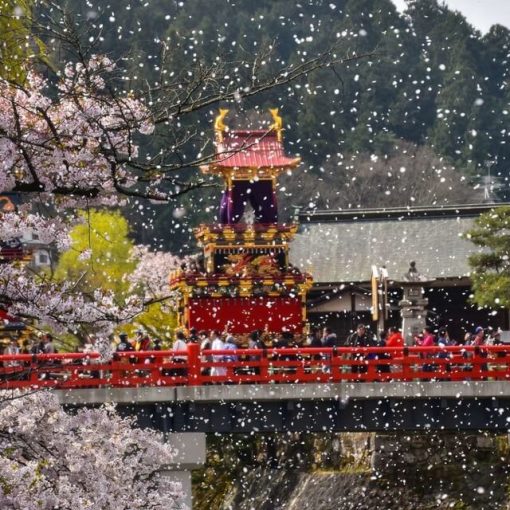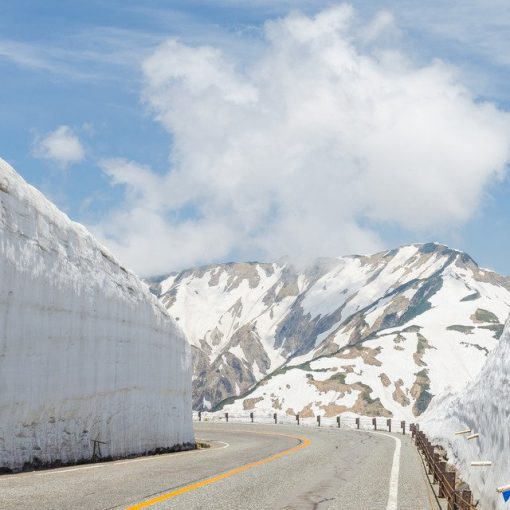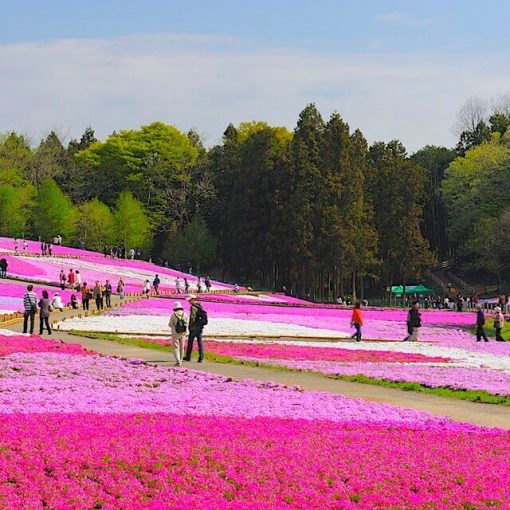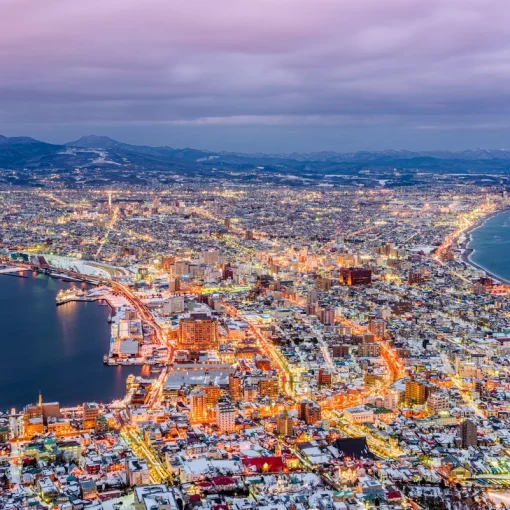Most of what in our minds seems to be a Japanese castle was built precisely in the Sengoku period (especially in the Azuchi-Momoyama era), when the success of the military campaign, and the life of the inhabitants of the castle.
Unfortunately, not all castles have been preserved. Some were destroyed almost immediately after construction was completed, some did not stand the test of time, and some suffered during the Second World War. In this regard, the vast majority of fortresses today are not original buildings, but reconstructions.
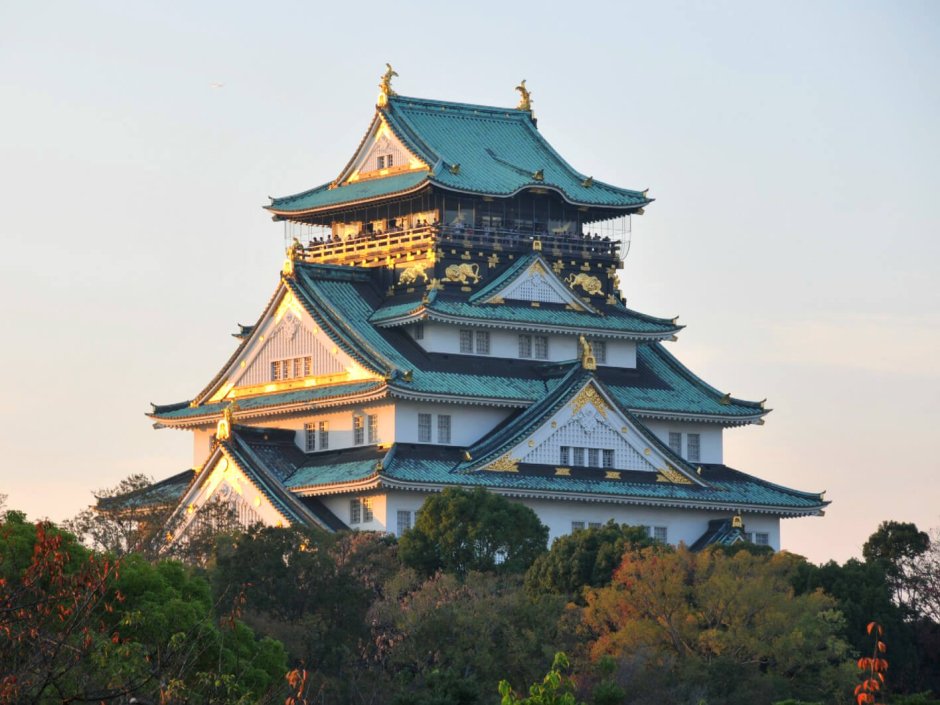
However, the attitude towards reconstruction among the Japanese is somewhat different than ours. They can rebuild temples and castles many times, trying to accurately produce the previous version of them and continuing to consider new buildings as a kind of continuation of the old ones.
There are only twelve largely preserved medieval castles left in Japan today, referred to as the “magnificent” or “authentic dozen”. Six of them are also national treasures of Japan and are under special state protection. However, of course, not only the surviving castles help specialists understand how fortifications developed in ancient and medieval Japan – their ruins are also valuable.
Types of locks
About 75% of the territory of Japan is made up of mountains and hills, while the plains account for much less space. The development of fortification construction took place in Japan, taking into account these features. At first, the mountain castles of yamajiro appeared, and closer to the period we are considering, castles on the hills (hirayamajiro) and plains (hirajiro). Each type of fortress evolved over time, and by the end of the Azuchi-Momoyama era, the art of building castles had reached its peak.
As already mentioned, before and during the Sengoku Jidai period, the mountain fortresses of the yamajiro were very popular. Perhaps they were the most massive. Of all types, they were the most difficult to besiege due to the inconvenient terrain and the obvious superiority of the defenders of the castle – they could see the entire area from a height and were able to fire at the enemy from above while he was climbing the mountain, as well as immediately notice all his maneuvers.
In ancient castles, walls were not always built, but even if they were, they were only made of wood, and therefore they practically did not survive. By the way, another problem is typical for yamajiro – it was difficult to deliver provisions to such a castle, so he could not withstand a long siege. Often, just below the fortress itself, there was a small area with residents and their houses, with retail outlets.
Yamajiro could be built one at a time, or they could be a whole chain of castles built on the tops of mountains. During the Sengoku Jidai period (1479-1615), this variant became more common. At the same time, ditches began to be made between the mountains themselves, the tops of which were cut down and freed from interfering vegetation. In the Azuchi-Momoyama era, the walls of mountain fortresses were also already more durable – not only wood was used, but also bamboo tied with ropes, clay and broken stone. Among other things, such a “layer” better protected the defenders from bullets.
However, the heavier and more complex the structure on the mountain was, the less durable it was. Trees with their roots could slow down the “spread” of the soil, but since they were often cut down for better visibility, it was necessary to find replacements for them. This replacement was a stone foundation, to which we will return, and new types of castles.
Hirayamajiro type castles
Began to appear in the early 16th century, and they enjoyed success until its end. Hirayamajiro were built on a hill or, again, on a system of hills, which were connected by bridges and secret passages. In the latter version, the castle itself could be located on one hill, and warehouses with provisions, gardens, and houses on neighboring hills. The hills themselves were not always of natural origin – if necessary, they could also be created artificially, for example, if the place for some reason was considered very successful or happy.
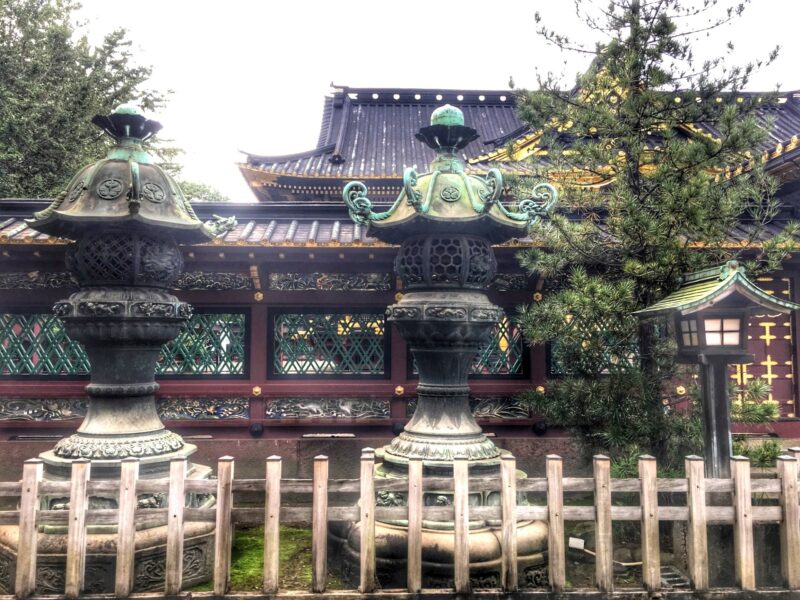
The reason for the transition to the use of this type of castle is related to the specifics of the Sengoku era – the daimyo needed to spend more time managing provinces and being able to conclude and maintain alliances, and doing all this from an isolated castle on a mountaintop is problematic. Examples of a fortress of this type include the most visited castle in Japan – Himeji.
In the Azuchi-Momoyama era, in the 1570s, another type of castle was invented – hirajiro. Most likely, his appearance was also influenced by the acquaintance of the Japanese with European models of military art. Hirajiro were built on the plains for the same reason – the need to interact with allies and withstand long sieges. These structures could be much larger than their predecessors, and therefore were not cheap.
It was during the Azuchi-Momoyama period that rich enough daimyo appeared who could afford to build a huge protected fortress. Prior to this, most castles were, in fact, “hastily erected fortifications.” Of course, these castles were more vulnerable than the same yamajiro, but in such places it was also easier to receive military assistance from the allies, whose detachments could easily strike at the rear of the besiegers.
Also, castles were sometimes built next to a lake or sea in order to protect themselves at least on one side with a natural barrier. Someone calls such structures mizujiro, but in fact they are just a kind of hirajiro or hirayamajiro.

